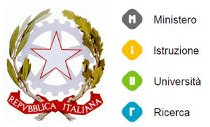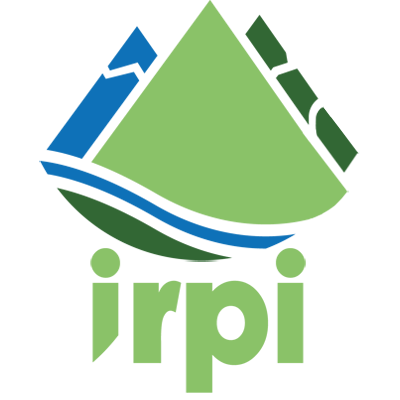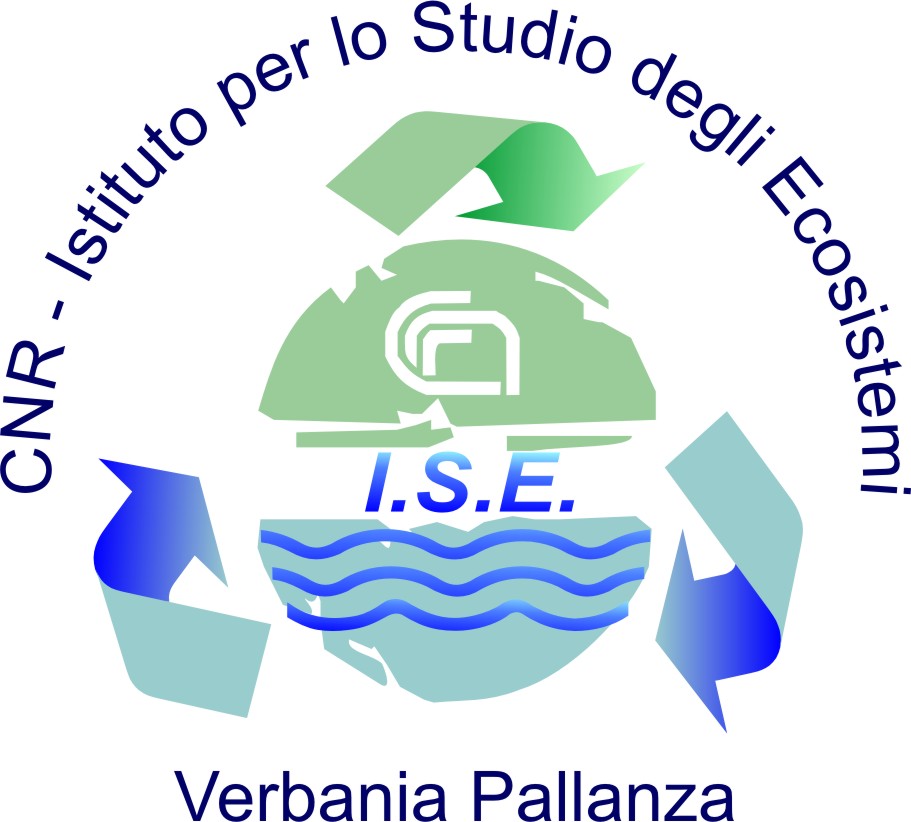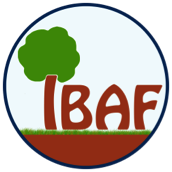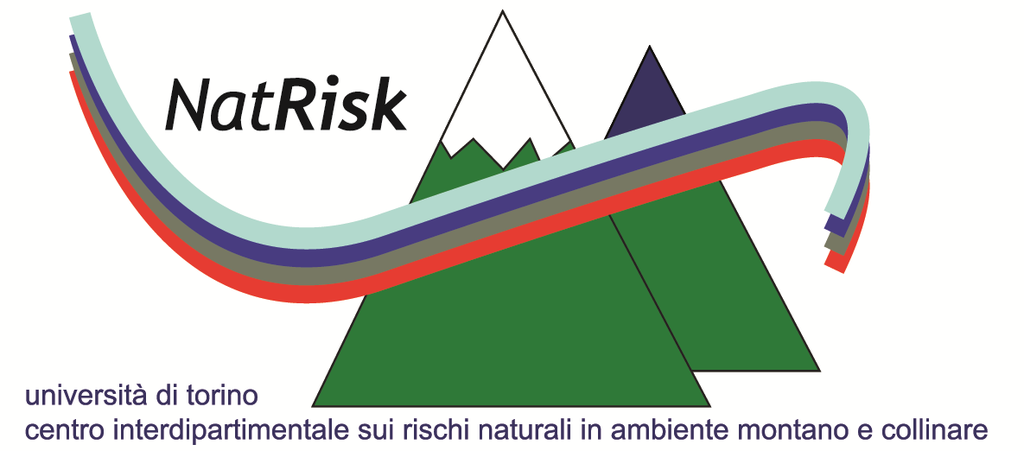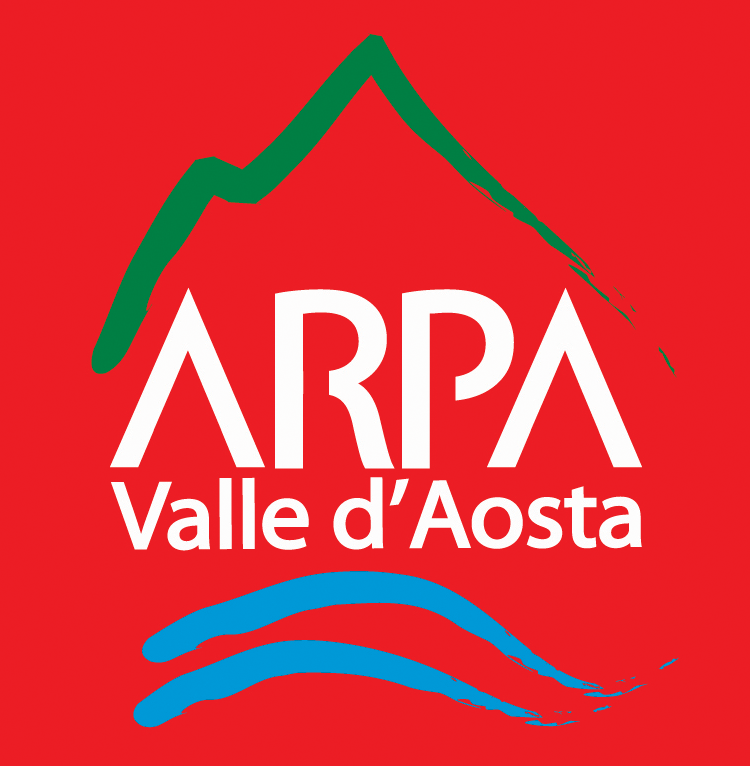You are here
WP 1.7 Mountain ecosystems and biodiversity
This WP deals with quantitative monitoring of some of the main features of mountain ecosystems and biodiversity, exchanging data and information with two relevant initiatives: the Italian Network of Long-Term Ecological Research (LTER-Italia), which is part of the European network (LTER-Europe) and the European H2020 project ECOPOTENTIAL, one of the larger projects on terrestrial ecosystems, coordinated by CNR. Particular emphasis will be given to the potential use of the Essential Biodiversity/Climate Variables to characterise the status and changes of the Italian mountain environment.
Activities
• Task 1. Data from Italian LTER sites in mountains. Collection, validation, quality control and harmonisation of data and metadata of LTER (Long-Term Ecological Research) sites in Italian mountains. Connections and compliance with data and metadata standards of the Drupal Ecological Information Management System (DEIMS) and of LTER-Europe (and the eLTER H2020 project). The activities started from the development and implementation of the IT infrastructure in connection with European standards (DEIMS, for the data related to occurrences and the presence/absence of species) and the GET-IT software (for data measured from sensors) . The metadata for the description of the datasets were then identified, spotting the problems and proposing solutions. The GET-IT system was used for sensors following the OGC-SOS standards. The activities then involved the insertion of datasets of lake and terrestrial sites in the two database nodes.
• Task 2. Monitoring of animal biodiversity in mountain areas. Attention focused on monitoring different taxa of invertebrates (spiders, butterflies, rove beetles, ground beetles, ants) and birds in several mountain protected areas. The biodiversity analysis has been completed by the analysis of the population dynamics of species of particular importance that can be used as indicators. Biodiversity inventories are often used to track long-term biodiversity trajectories and they also represent a source of information for time series comparisons. In this regard, a database has been created relating to the Italian fauna that covers more than 550,000 records of about 10,000 taxa. Moreover a database on the food habits of barn owl (Tyto alba) across Italy has been established. Because the diet of predators is influenced by local conditions (e.g., characteristics of habitat and microhabitat, seasonality, prey availability) it is possible to these tends to change across time. The data base include data collected during the last 40 years and they are useful to modelling richness of small mammal communities.
• Task 3. Alpine grassland dynamics at high altitudes. Quantification and analysis of the ongoing changes in the alpine grasslands, in synergy with the project H2020 ECOPOTENTIAL: evaluation of changes in flora and fauna species composition; measurements of water and carbon fluxes between soil, vegetation and atmosphere in prairies. In the frame of the task, we addressed the effects of two primary changes which afflict mountain grasslands: climate change and changes in the land use. The study was conducted in two mountain grassland sites, one managed by cattle grazing (Brocon, 1730 m a.s.l.) and one unmanaged (Torgnon, 2160 m a.s.l.). The effects of climate change were studied by gathering continuous data on the exchange of CO2 and H2O between the ecosystems and the atmosphere and by analyzing seasonal and inter annual variation in the C balance. The consequences of the variation in the grazing pressure or complete grazing abandonment on the diversity of vegetation and microbial community and on the capacity of the system to sequester C were addressed by multidisciplinary approach, combining botanical and physiological survey with analyses of soil chemistry and biochemistry.
Results
• Task 1. Data from Italian LTER sites in mountains. The results for the lake and terrestrial mountain sites considered by the task can be summarized as follows: verification, updating and normalization of vector data and metadata of sites, people and related datasets; insertion of metadata of datasets in the IT facilities of LTER Europe (DEIMSSDR) for 10 "simple sites", for a total of 71 new dataset; creation of a distributed interoperable infrastructure consisting of two nodes, CNR-IRSA (Pallanza) for lake site data (http://sk.ise.cnr.it) and CNR IREA (Milan) for terrestrial site data (http: / /nextdata.get-it.it); connection of the two nodes to the DEIMS-SDR and activation of the SOS interfaces for the two nodes; insertion of 71 new datasets in the two nodes. By using GET-IT at the Milan and Pallanza nodes, it is possible to view datasets in CSV and XML format, and to access the standard SOS interfaces.
• Task 2. Monitoring of animal biodiversity in mountain areas. A database on the distribution of Italian fauna has been implemented and integrated with high-resolution reconstruction of monthly temperature and precipitation for each locality from where each specimen came. The processing of this database is still ongoing. Temporal series of data collection of barn owl pellets were correlated to distinct indices of taxonomic diversity. Species diversity decreased significantly over the years and equitability also decreased significantly over time.
• Task 3. Alpine grassland dynamics at high altitudes. Both grasslands demonstrated to be very dynamic, responding quickly to changes in the local climate. The amount of snow in winter and early spring guided the onset of the vegetation season and spring CO2 assimilation rates. Precipitation amount affected summer gas exchange differently in Brocon and Torgnon, with response depending on grasslands management type. The important ecosystem services provided by the grassland (support to biodiversity, sequestration of C) were affected by the different grazing regimes. Grazing abandonment resulted in the loss of C from the system and affected negatively microbial functioning and vegetation biodiversity and state. The obtained results could be relevant for development of grassland conservation practices.

